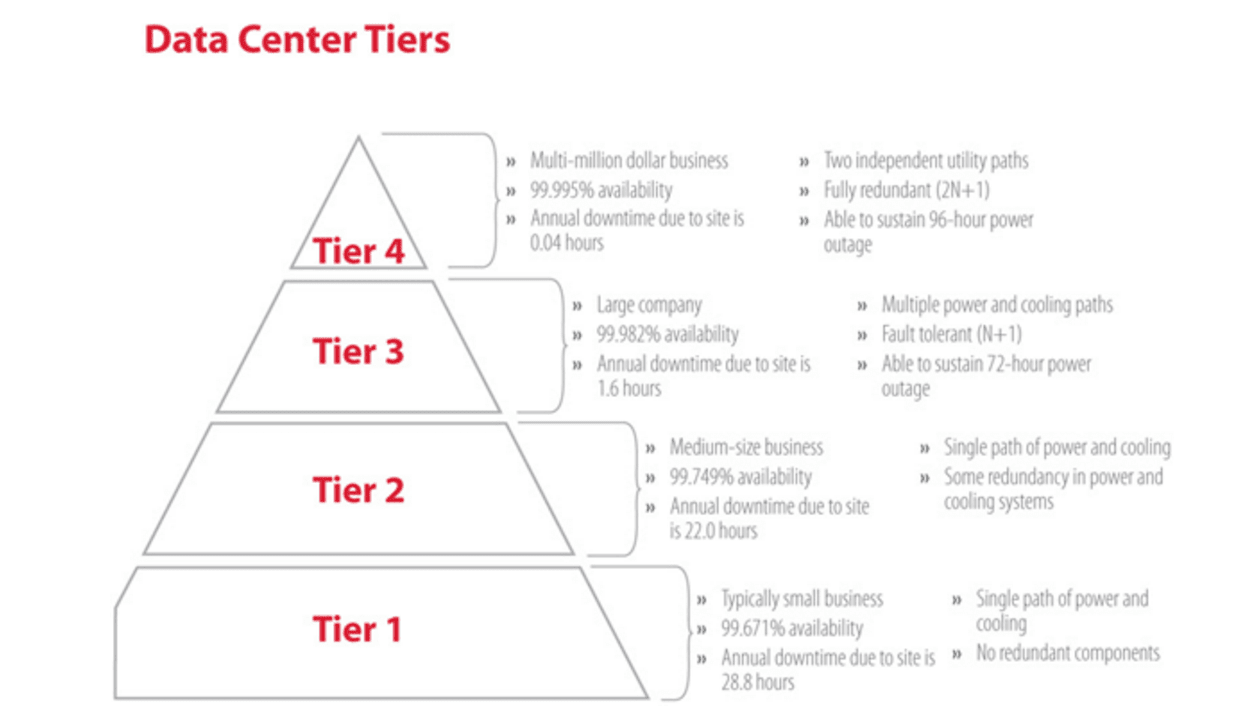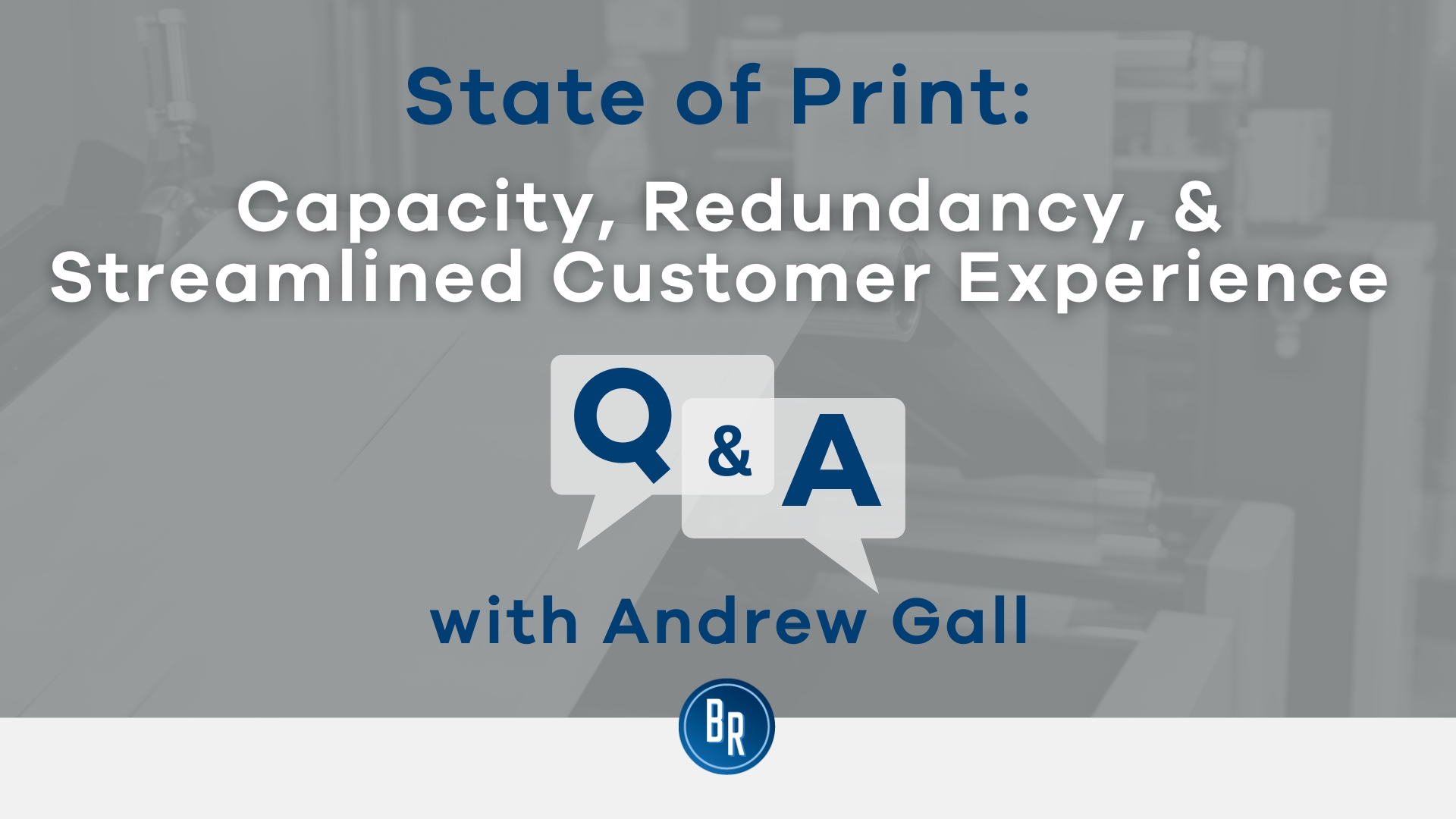If a Company Goes Bust Who Pays Redundancy? Legal Insights for UK Worker
Examining the Interplay Between Business Redundancy and Organizational Flexibility for Future Development
In the dynamic landscape these days's service world, the detailed connection between business redundancy and organizational adaptability arises as an important element for continual growth and success. Business frequently face the obstacle of striking a delicate balance in between preserving a degree of redundancy to alleviate risks and cultivating versatility to respond promptly to the ever-evolving market demands. This fragile interplay holds the vital to not only surviving in stormy times but additionally prospering when faced with uncertainty. As we explore the multifaceted measurements of this interplay, intriguing understandings into just how organizations navigate these complexities to lead the way for future development await.
Value of Firm Redundancy
Firm redundancy is an essential aspect that improves organizational durability and alleviates operational risks. By incorporating redundancy steps within the organizational framework, companies can much better hold up against unforeseen disruptions and fluctuations in the business environment. Redundancy works as a critical barrier, permitting business to adjust and respond efficiently to unforeseen challenges without compromising important operations.
One trick facet of the value of business redundancy is its function in guaranteeing continuity throughout times of dilemma. When confronted with sudden changes or emergencies, repetitive systems, sources, or workers can tip in to keep essential features and protect against widespread disturbances. This continuity not just safeguards the firm's credibility and client count on however likewise lessens monetary losses and operational downtime.

Strategies for Organizational Versatility

Another important approach is purchasing modern technology and framework that can support flexibility and scalability. Carrying out electronic tools, automation, and data analytics can enhance procedures, boost efficiency, and give beneficial insights for informed decision-making. Furthermore, producing versatile business frameworks that enable quick modifications to market characteristics and consumer needs is vital for remaining affordable in a swiftly advancing environment. By proactively determining possible interruptions and chances, companies can proactively adapt and flourish in an ever-changing business landscape.
Harmonizing Redundancy and Adaptability
Attaining a harmonious stability in between operational redundancy and organizational flexibility is critical in navigating the intricacies of a dynamic service environment. Striking the ideal equilibrium in between redundancy and adaptability is a delicate procedure read more that calls for a deep understanding of the organization's goals, market characteristics, and threat tolerance.
To achieve this balance, business require to perform regular assessments of their operations to identify areas where redundancy is needed for threat reduction and where flexibility can drive development and growth. Applying flexible structures, promoting a culture of constant discovering and renovation, and encouraging open communication across all levels of the organization are essential methods to integrate redundancy and flexibility successfully. By lining up these reference 2 crucial aspects, firms can place themselves for sustainable growth and success in an ever-changing business landscape.
Case Researches on Adjustment Success
In checking out instances of successful organizational adaptation, it ends up being obvious that the interaction in between functional redundancy and flexibility is a defining factor in shaping durable services. A DVD rental solution, Netflix showed remarkable adaptability by transitioning into a streaming platform when digitalization interrupted the market. These situation research studies emphasize the importance of operational redundancy combined with organizational adaptability in fostering long-term growth and competition.
Structure Strength for Future Development
Building resilience for future development needs a calculated positioning of operational procedures with market dynamics and emerging trends. Firms need to adapt to changing atmospheres by promoting a society of versatility, development, and continuous enhancement.
Moreover, cultivating strong relationships with stakeholders, such as consumers, employees, suppliers, and the neighborhood, is vital for weathering uncertainties and keeping count on and assistance during stormy times. Reliable communication and openness play an important duty in building strength, as they assist help with and straighten expectations cooperation in navigating unpredictabilities.
Furthermore, organizations require to focus on knowing and advancement campaigns to upskill employees and equip them with the needed devices to adapt to altering conditions. By purchasing their workforce, firms can boost their adaptability and dexterity, inevitably strengthening their durability for lasting future development.
Conclusion

In the dynamic landscape of today's service world, the complex relationship between firm redundancy and organizational adaptability arises as an important variable for sustained development and success. Companies commonly face the challenge of striking a fragile equilibrium between keeping a level of redundancy to alleviate threats and fostering flexibility to respond promptly to the ever-evolving market demands.To attain this balance, business require to conduct routine analyses of their operations to determine locations where redundancy is necessary for risk reduction and where flexibility can drive innovation and growth.In final thought, the interaction in between firm redundancy and business flexibility is crucial for future growth. Building Bonuses durability with a combination of redundancy and versatility will make sure that companies are prepared for the difficulties of the future.